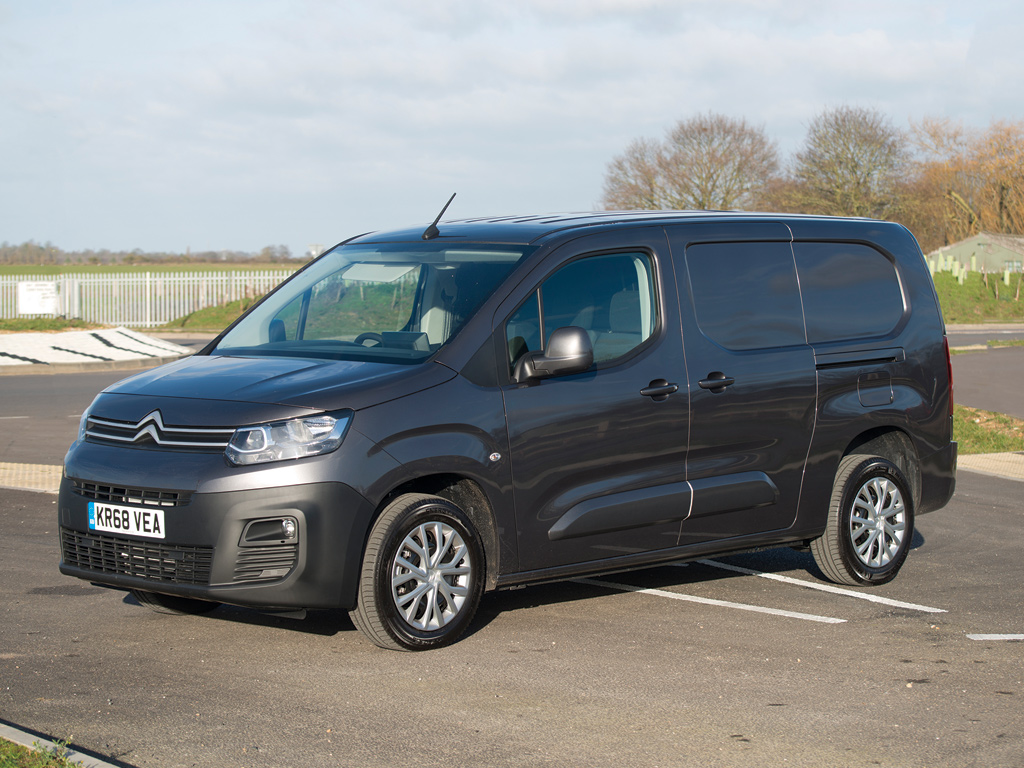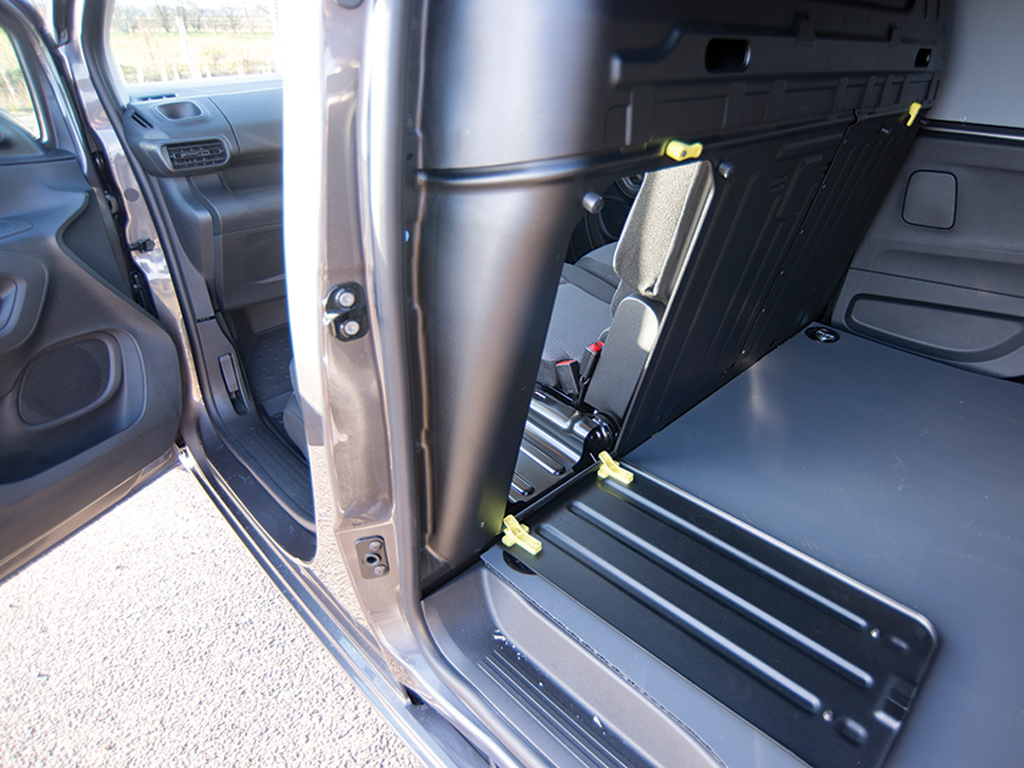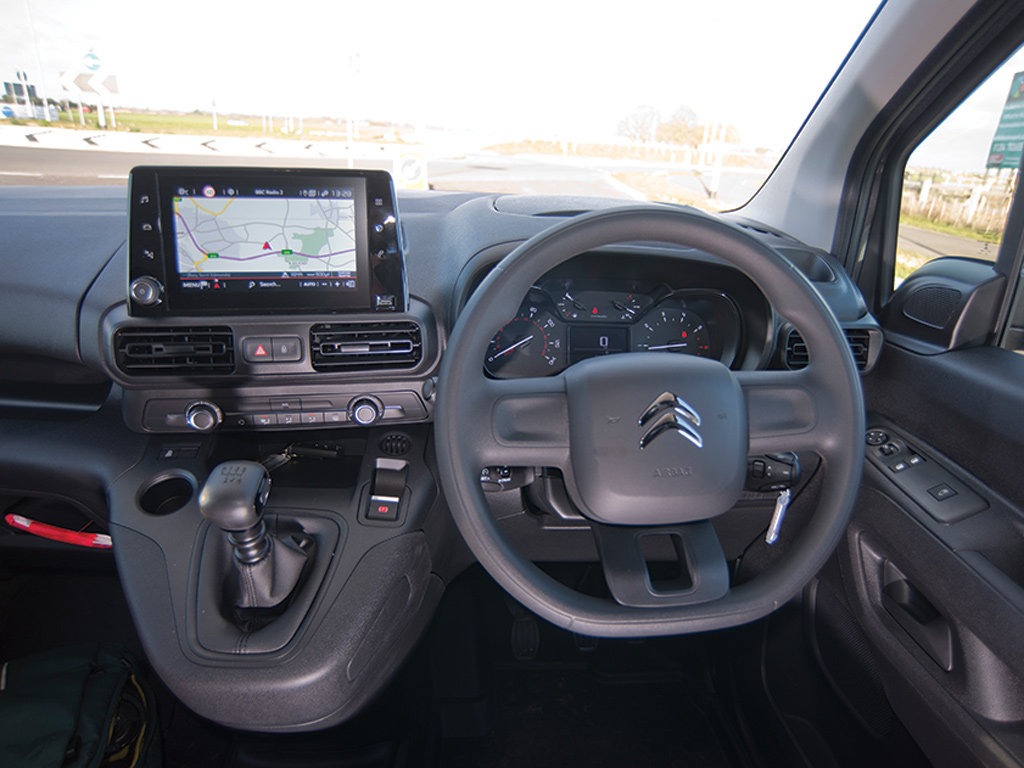The L2 Berlingo makes a strong case for downsizing, says Dan Gilkes.
By building the latest Berlingo on two distinct wheelbases, rather than putting two different bodies on the same wheelbase as before, Citroën has greatly increased the appeal of the longer L2 model, or what it prefers to call the Berlingo XL. Load volume is up to 3.8m3, which can be stretched to 4.4m3 with the Extenso folding passenger seat and a removable panel in the steel bulkhead.
The payload also rises, to 970kg for this model, with the shorter Berlingo capable of handling over 1 tonne in some specifications. That puts the larger Berlingo just under the smallest model in the Dispatch line-up, giving Citroën a seamless range of small to medium vans, but also providing customers with even more choice.
If you’ve always run the larger Dispatch but never use its full load volume or payload potential, would you be better off down-sizing to the XL Berlingo and cutting purchase and running costs?
The new Berlingo is offered with three BlueHDi diesels, delivering 75bhp, 99bhp and 131bhp.
The good news is that the 1.5-litre is smooth, quiet and more than powerful enough, with this range-topping model having the added benefit of a six-speed manual gearbox for easy cruising. However, even the 99bhp version with five speeds, copes well with motorway mileage.
There are big changes in the cab, with additional space for the driver, a more comfortable driving position and a completely new dash, dominated by an 8” colour touchscreen in this Enterprise model. That screen brings with it DAB radio, two USB ports and compatibility with Apple, Android and Mirrorlink systems.
Citroën has split Berlingo trim into four levels, starting with the base X model. That either moves up to Enterprise, or sideways to Worker, which includes Grip Control and underbody protection for construction and forestry use.
Alternatively, you can also move sideways from the Enterprise trim, into a Driver spec. This adds comfort seating, front and rear sensors, Surround Rear Vision, alloys and additional acoustic insulation. For many business users, Enterprise will strike the best balance of comfort and utility.
There are a host of optional driver assistance and safety systems on offer too, both individually and as part of a range of equipment packs. As an example, the Safety Pack pulls together Active Lane Departure Warning, Speed Limit Recognition and Recommendation, Active Safety Brake and Distance Alert Systems, for a single payment of £750.
So, there are plenty of ways to specify the new Berlingo, which again, may not make the fleet manager’s job any easier.
The longer XL is expected to account for around 25% of Berlingo sales. But this time around, it is certainly worthy of a closer look.
The Verdict:
Having a dedicated wheelbase and chassis, gives the longer Berlingo much improved load carrying abilities.




